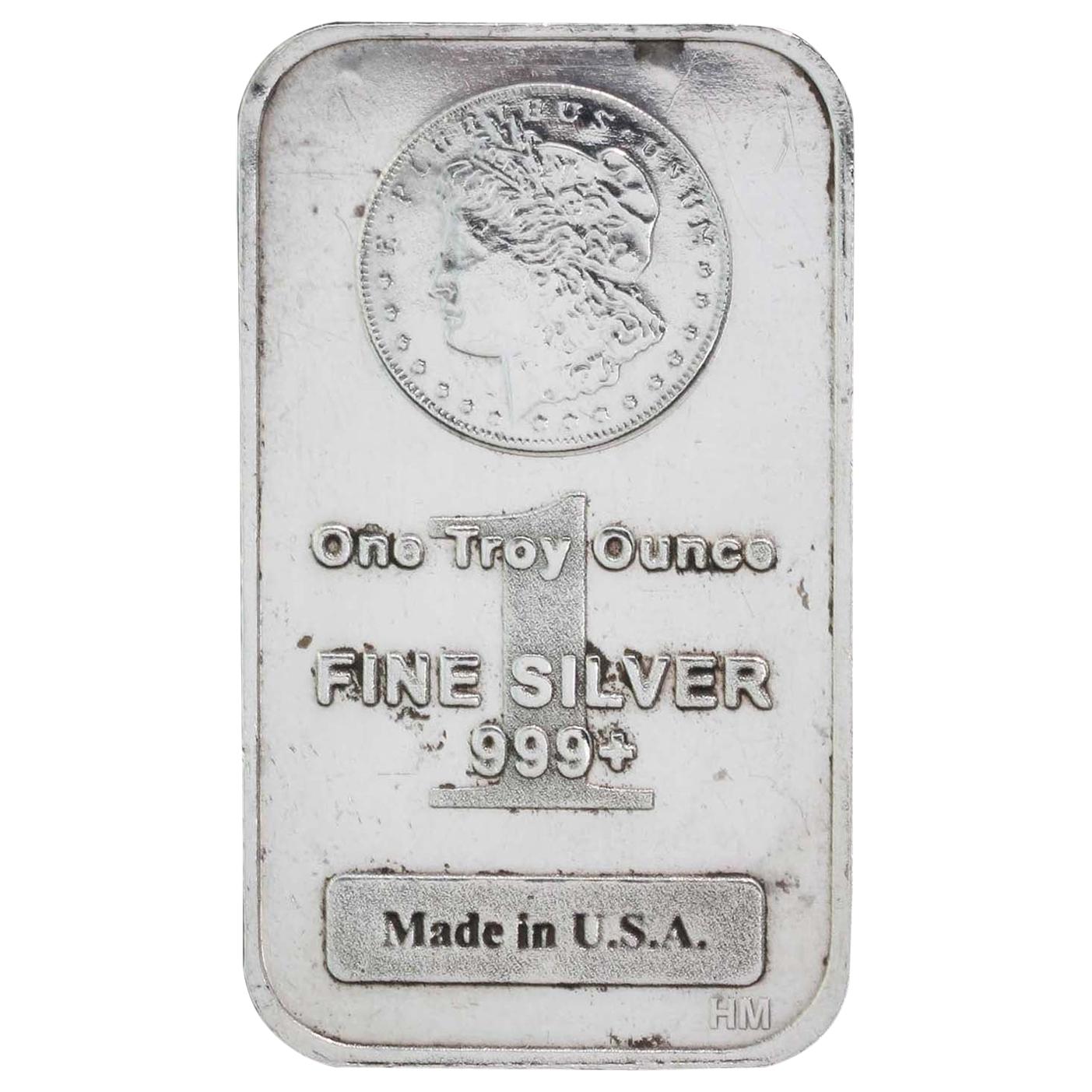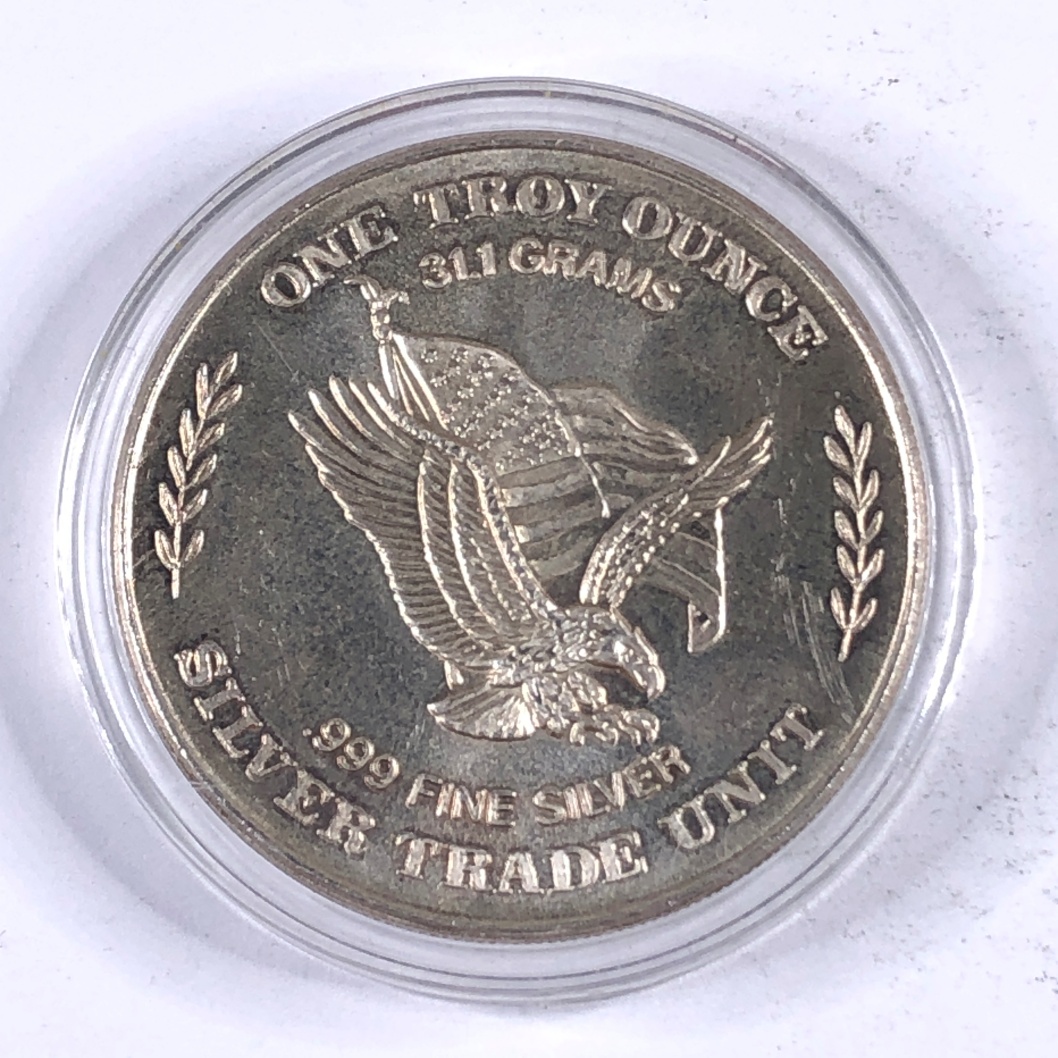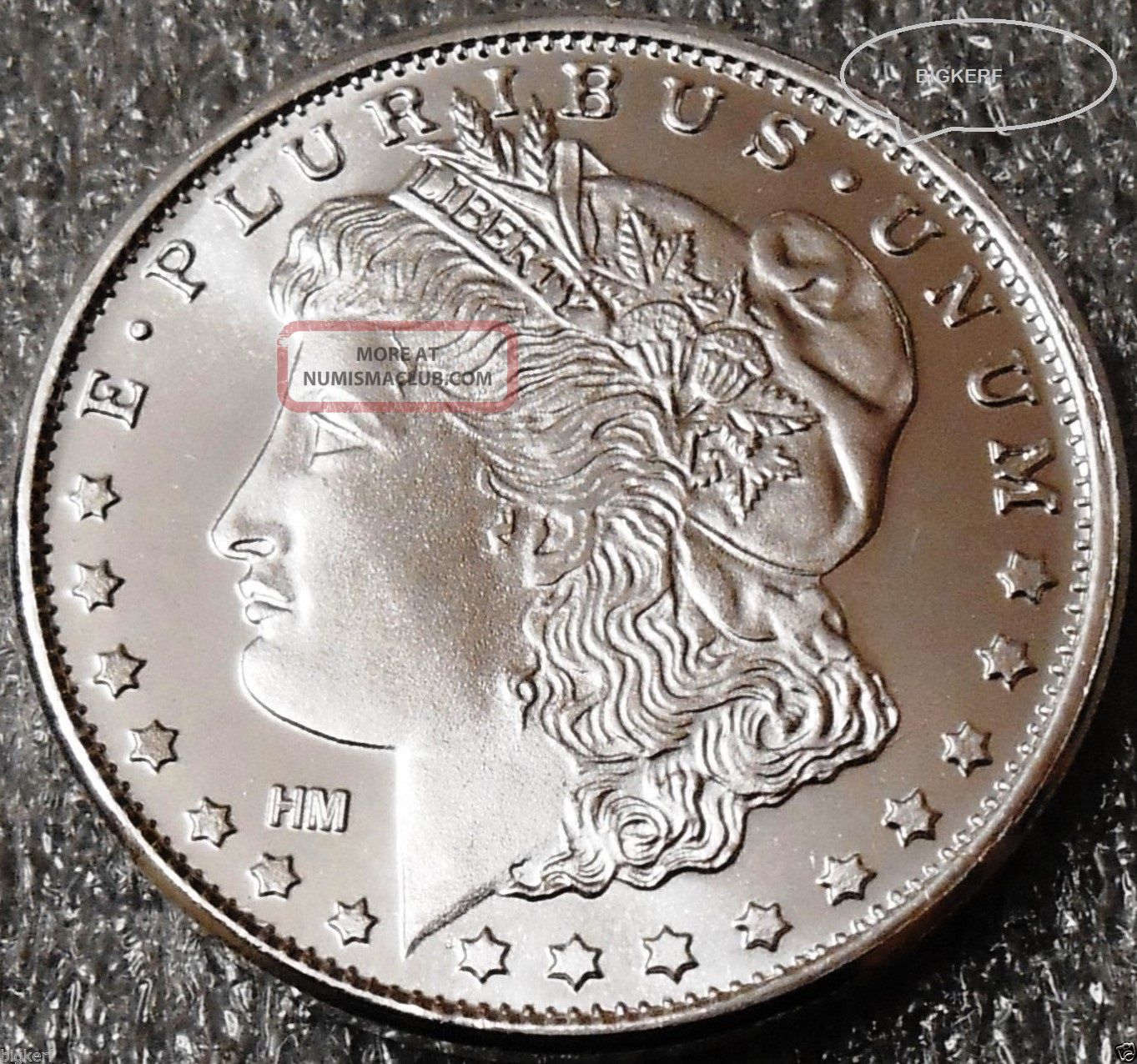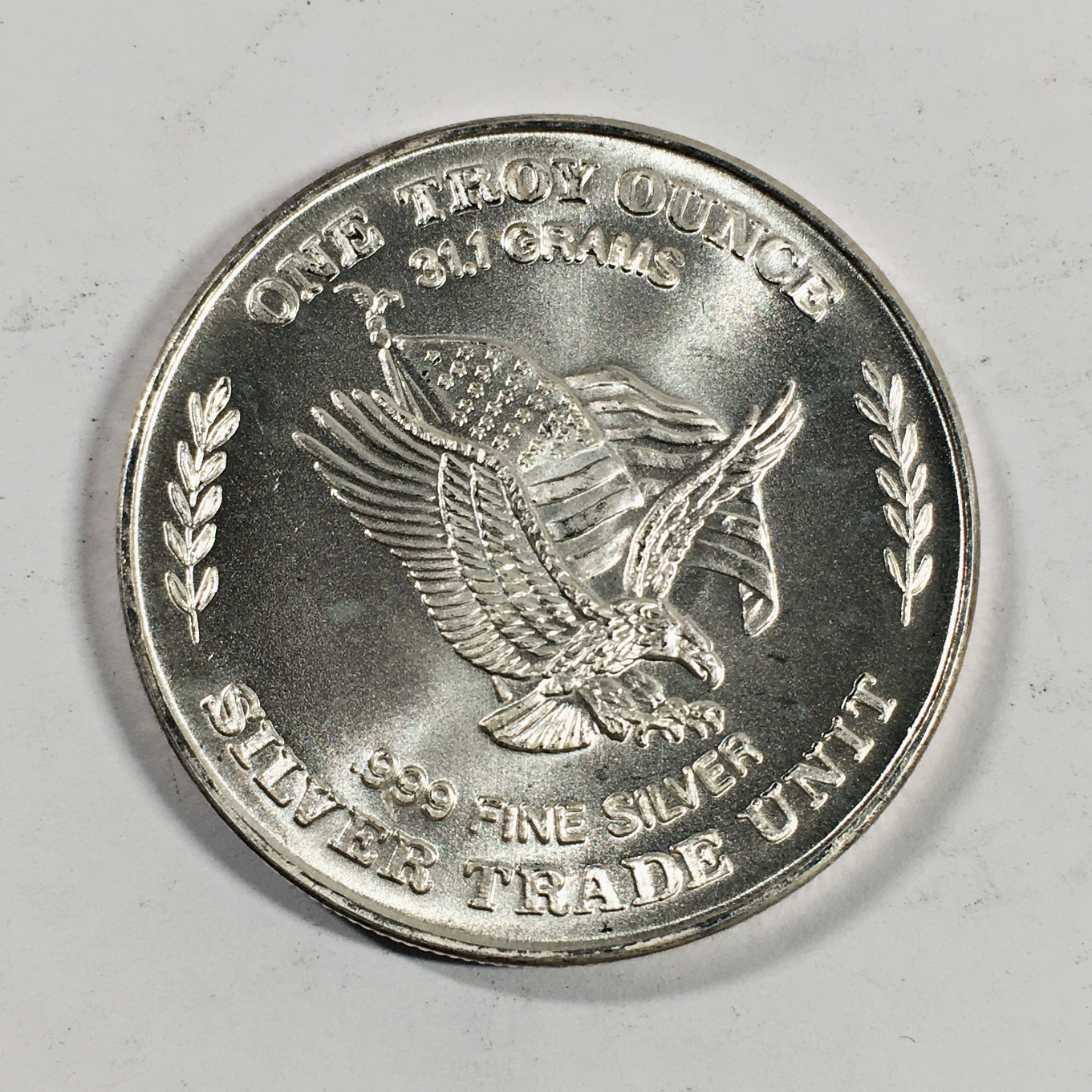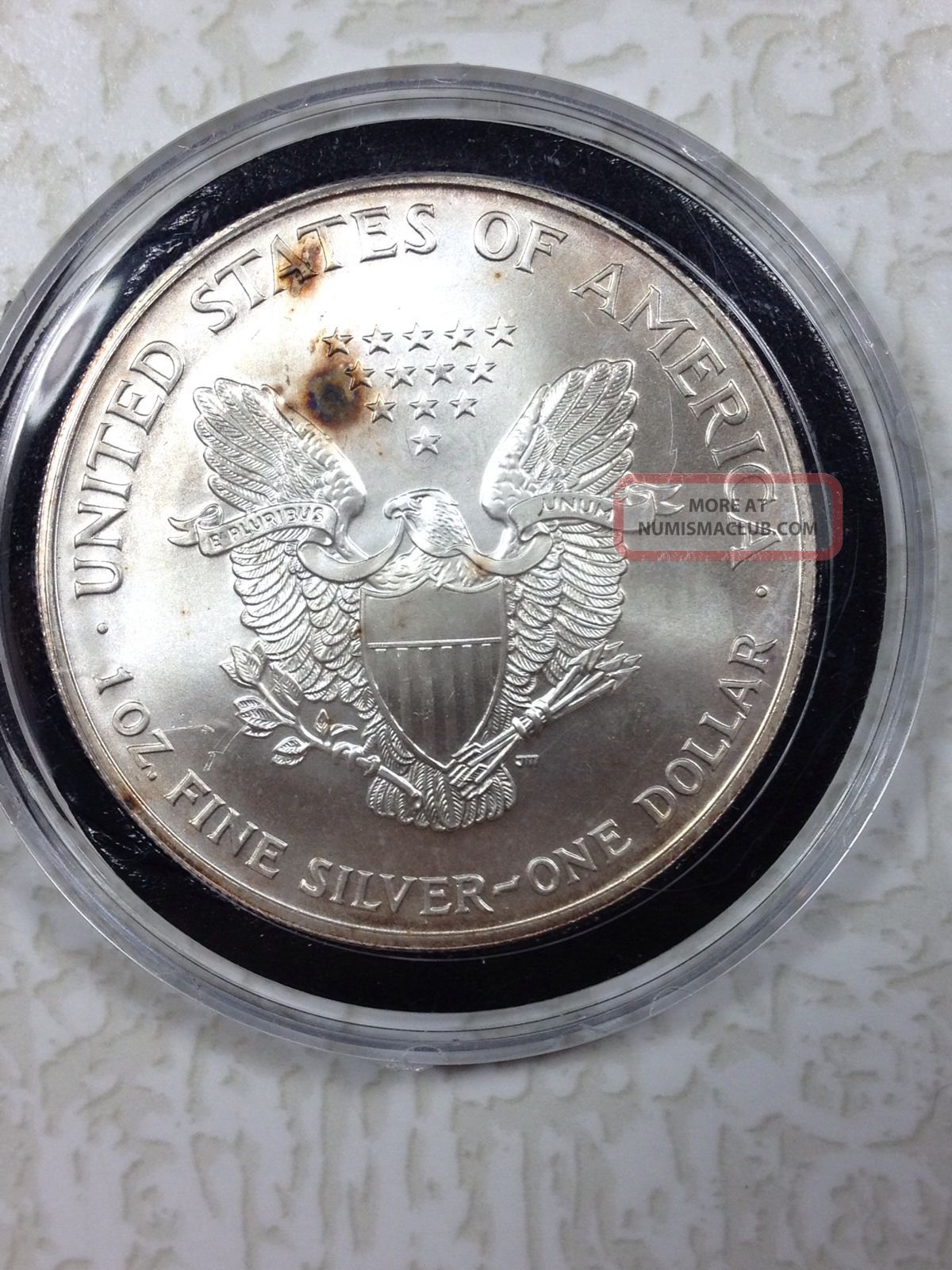1 Troy Oz Silver 999 Value

The price of one troy ounce of .999 fine silver has experienced notable fluctuations recently, drawing attention from investors, industry analysts, and consumers alike. Market watchers are closely monitoring these shifts, attempting to decipher the underlying factors driving the price action and anticipate future trends. These fluctuations have significant implications for various sectors, from precious metals trading to industrial applications and even consumer goods.
Understanding the factors influencing silver's value is crucial for making informed decisions. This article explores the recent price movements, the key drivers behind them, and the potential impact on the broader economy.
Recent Price Performance
Over the past few weeks, the spot price of one troy ounce of .999 silver has exhibited a volatile pattern. Data from reputable financial sources like Bloomberg and Reuters show a series of upward and downward swings, with periods of relative stability interspersed between more dramatic shifts.
These movements often coincide with significant economic announcements or geopolitical events. For instance, the release of inflation data or a change in interest rate policy by the Federal Reserve can trigger immediate reactions in the silver market.
Analysts note that while silver sometimes mirrors the price action of gold, it also possesses unique characteristics that can lead to divergent performance.
Key Drivers of Silver Value
Several factors contribute to the fluctuating value of .999 silver. Understanding these drivers is essential for investors and anyone tracking the precious metals market.
Industrial Demand
Silver possesses unique conductive and antimicrobial properties, making it a crucial component in numerous industrial applications. The electronics, solar energy, and medical industries are significant consumers of silver.
Increased demand from these sectors, driven by technological advancements or economic growth, can push silver prices higher. Conversely, a slowdown in industrial activity can exert downward pressure on prices.
Investment Demand
Silver is often viewed as a safe-haven asset during times of economic uncertainty or geopolitical instability. Investors may turn to silver as a store of value, driving up demand and prices.
Investment demand can manifest in various forms, including physical silver bullion (coins and bars), silver exchange-traded funds (ETFs), and silver futures contracts. Sentiment surrounding inflation, interest rates, and global economic growth can significantly influence investment demand.
Supply Factors
The supply of silver is another critical factor influencing its price. Mine production, recycling rates, and government stockpiles all play a role in determining the overall availability of silver.
Disruptions to mine production due to labor disputes, natural disasters, or geopolitical instability can reduce supply and potentially boost prices. Increases in recycling rates or the release of government stockpiles can, on the other hand, increase supply and potentially lower prices.
Monetary Policy
Decisions by central banks, such as the Federal Reserve, regarding interest rates and monetary policy can have a significant impact on silver prices. Lower interest rates can make silver more attractive as an investment, as it offers no yield and becomes more competitive compared to interest-bearing assets.
Conversely, higher interest rates can make silver less appealing, as investors may prefer to hold assets that generate income. Quantitative easing policies, which involve injecting liquidity into the financial system, can also boost silver prices by increasing inflationary expectations.
Impact on the Audience and Society
The price of .999 silver has far-reaching consequences beyond the realm of financial markets. Its fluctuations can affect various aspects of the economy and daily life.
For investors, understanding the factors driving silver prices is crucial for making informed investment decisions. Whether investing in physical silver, ETFs, or futures contracts, staying abreast of market trends and key drivers can help mitigate risk and potentially enhance returns.
Industrial consumers of silver, such as manufacturers of electronics or solar panels, are directly affected by price fluctuations. Higher silver prices can increase production costs, potentially leading to higher prices for consumer goods.
For consumers, the price of silver can also impact the cost of certain products that utilize silver in their manufacturing. Moreover, those who own silver jewelry or silverware may see the value of their possessions fluctuate with market prices.
Future Outlook
Predicting the future price of silver with certainty is impossible, as numerous factors can influence its value. However, analysts offer various perspectives on potential future trends.
Some analysts believe that continued strong industrial demand and persistent concerns about inflation could support higher silver prices in the long term. Others suggest that rising interest rates and a potential slowdown in global economic growth could exert downward pressure on prices.
Ultimately, the future trajectory of silver prices will depend on the interplay of various factors, including economic growth, inflation, interest rates, industrial demand, and supply dynamics.
Investors and industry participants should carefully monitor these factors and conduct thorough research before making any investment or business decisions related to silver.
Disclaimer: This article is for informational purposes only and should not be considered financial advice. Always consult with a qualified financial advisor before making any investment decisions.



